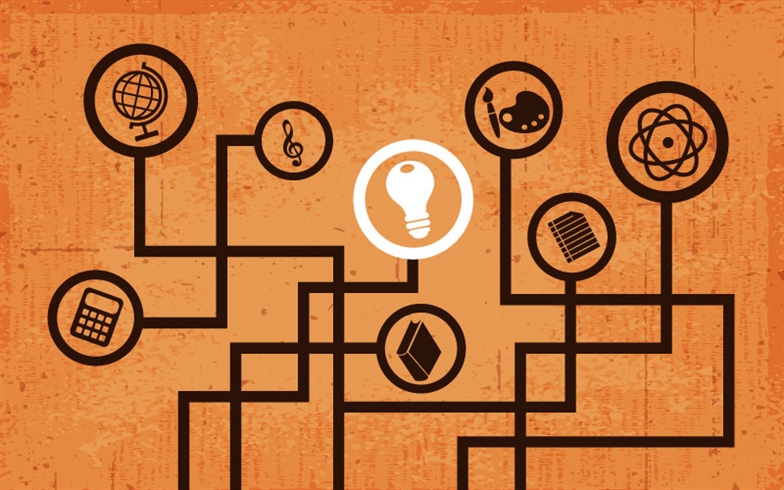As I introduced a new geometry topic to my sixth grade class, one of my students immediately reacted to my mention of a new skill—classification of solid figures—by blurting out, “Again? We know everything about that. We learned it years ago.”
Learning is about building on prior knowledge, and at that moment I needed to acknowledge that some of my students did, in fact, know something about this topic, but that there was more to know and learn. Adding a meaningful activity that encouraged higher-level thinking was essential to validate the lesson, but I needed to do it in a way that met the various academic needs in the classroom.
Thinking Bigger
Middle school is the ideal time to embrace a rigorous, in-depth problem-solving curriculum. Ira Glass of NPR’s This American Life noted that, “Middle school is when kids open up to the world. It’s when they think about bigger things … This is the time of biggest growth for a human being, aside from infancy… It’s this important time for your brain. It’s this use it or lose it time.” (www.thisamericanlife.org/radio-archives/episode/449/)
Understanding how young adolescents value their own capacity for learning plays a key role in academic success. Using their knowledge of what they think they already bring to the classroom is important to creating a rigorous lesson that challenges them academically.
Even when what a student knows about a topic doesn’t exactly match the declaration of “We know everything about that,” such a statement shows a sense of confidence. It’s time to introduce a thought-provoking problem to solve—to push academic risk-taking.
Stretching Knowledge
Back in the classroom, I asked students about nets and classification of solid figures. I asked for examples of what they knew, piecing together a puzzle of skills and missing links. I asked questions like “What did you know then and now and why?” and taught mini-lessons based on class discussions to encourage higher level thinking. I asked them which geometric nets could be combined to create the fastest toy to travel down a zip line. Students enthusiastically predicted outcomes, competitively applying the math terms they learned.
Students then were tasked with designing, creating, and racing their own toys as a culminating activity. We added an element of math to each phase of the project. We explored the practicality of combining various nets during the design phase. While creating the toy, students had to calculate the angle that their creation would hang and travel down the zip line to maximize speed and remain competitive.
Then the students reflected on their initial predictions. How did the actual findings compare with what we thought would happen? What can we learn from the textbook math in class as it is modeled and applied to a real-life situation?
This project built on the knowledge the students brought to the classroom, and challenged them to learn more and to think critically. And, how about the student with the doubting attitude? A rigorous, real-life approach provided an opportunity for him to apply what he knew as an individual while stretching the limits of critical thinking for all students in the classroom.
Sandra Vorensky teaches math at Edgar Middle School in Metuchen, New Jersey. E-mail sbvorensky@metboe.k12.nj.us
This article was published in AMLE Newsletter, a benefit of all AMLE membership levels
